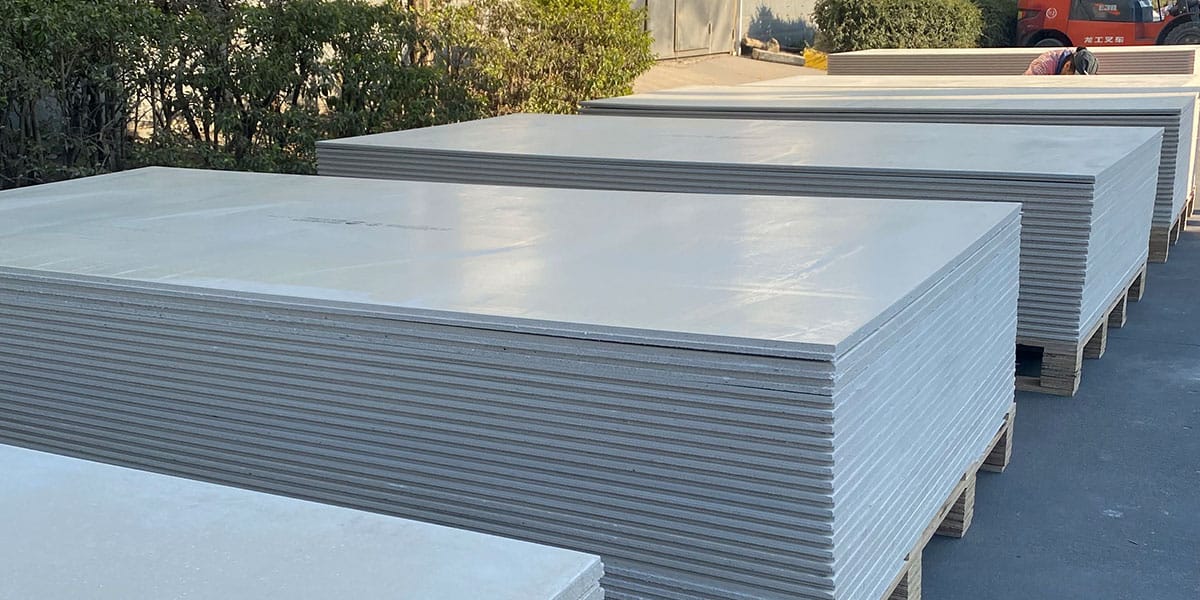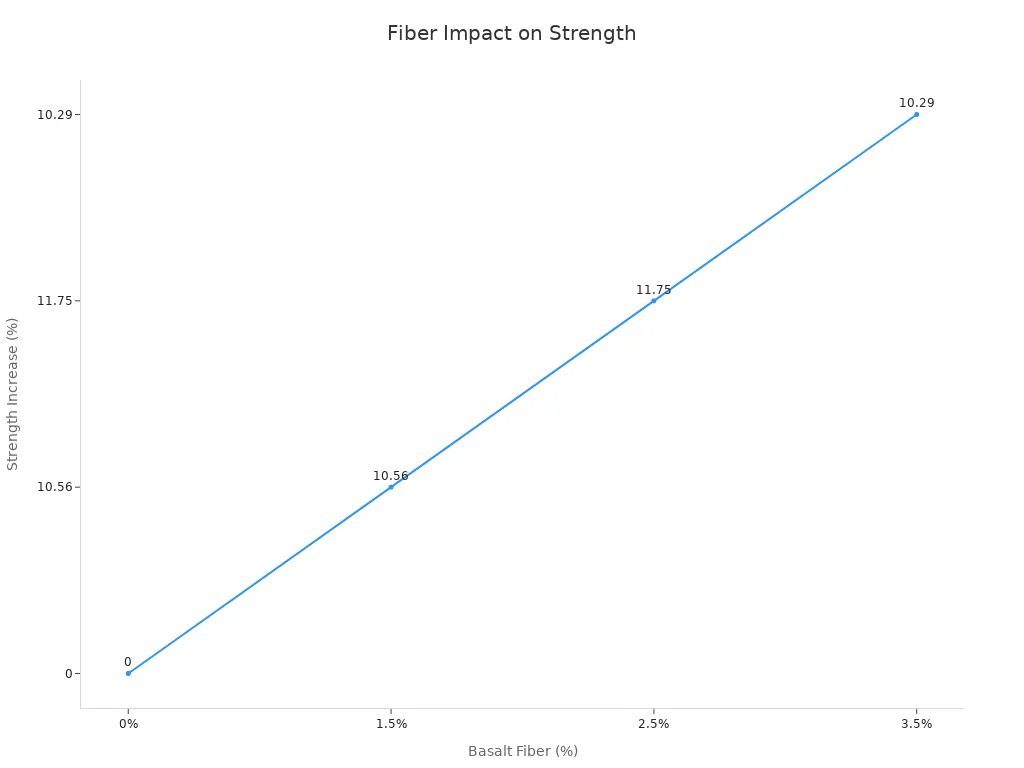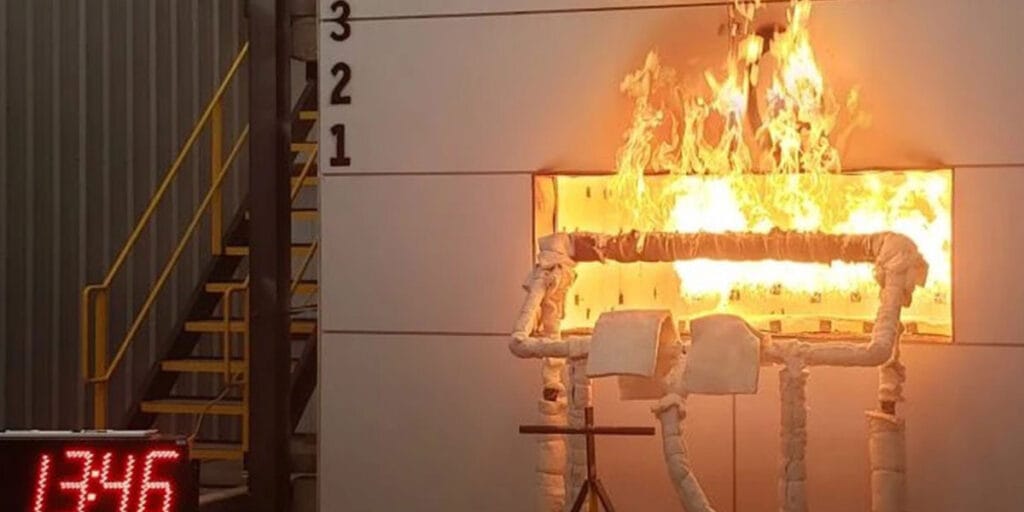
25 May What Makes Cement Boards Fire-Resistant in Modern Construction
Table of Contents
Cement boards play a crucial role in modern construction for ensuring fire safety. Composed of cement, durable fibers, and specialized materials, they are designed to be tough and highly resistant to fire. Their ability to withstand high heat and prevent the spread of flames makes them an essential choice for protecting homes and workplaces.
One of the standout features of cement boards is their ability to resist fire, termites, and harsh weather conditions. Their strength and durability make them ideal for areas requiring additional support.
The cement board fire rating is a key indicator of how effectively they can resist fire. These boards maintain their structural integrity during fires, enhancing safety in buildings. Builders favor them for their reliability and versatility in various applications.
Key Takeaways
Cement boards help keep buildings safe from fire. They don’t burn easily and can handle high heat, so they work well in places like kitchens and basements.
Cement boards are made of cement, fibers, and special materials. These parts make them strong against fire and stop flames from spreading.
Thicker and heavier cement boards protect better from fire. They slow down heat, giving people more time to escape during a fire.
Installing cement boards the right way is very important. Follow the instructions to make sure they fit tightly without any gaps.
Cement boards can be used in many ways, like fire-safe walls, outside coverings, and floors. They are a smart choice for homes and businesses.
Composition of Fire-Resistant Boards
To understand why cement boards resist fire, we must look at their composition. Each part helps them handle heat and stop fires from spreading. Let’s break down these parts.
Role of Cement in Fire Resistance
Cement is the main part of fire-resistant boards. It doesn’t burn or help flames spread. When heated, cement goes through a process called thermal decomposition. This process absorbs heat and slows its spread to other materials.
Studies show that mixing cement with certain materials keeps it strong, even in high heat. For example, one test used white cement with ceramic waste at 250 to 750 °C. While more ceramic waste slightly weakened the cement, it still worked well. This shows cement stays fire-resistant even in tough conditions.
Tip: Use cement boards in places needing fire safety, like kitchens or basements.
Contribution of Reinforcing Fibers
Reinforcing fibers make cement boards stronger against fire. Fibers like basalt or glass hold the board together by stopping cracks from spreading. They form a network that keeps the board intact under heat.
Research shows basalt fibers improve fire resistance. The table below shows how adding basalt fibers affects strength:
Parameter | Basalt Fiber (%) | Strength Increase (%) |
|---|---|---|
0% | 0 | 0 |
1.5% | 1.5 | 10.56 |
2.5% | 2.5 | 11.75 |
3.5% | 3.5 | 10.29 |
As shown, basalt fibers make boards stronger and better at handling fire damage. They also improve the bond strength, keeping the board together during extreme heat.

Additives Enhancing Fire Resistance
Additives are key to improving fire resistance in cement boards. These materials change the board’s properties to handle heat and flames better. Common additives include sodium silicate, phosphorus compounds, magnesium hydroxide, and boron compounds. Each works in a unique way to boost fire resistance.
Additive Type | How It Works | Effectiveness |
|---|---|---|
Sodium Silicate | Binds materials and slows fire spread | Improves fire resistance and stability (Medina and Schledjewski 2009; Mahzabin et al. 2013) |
Phosphorus Compounds | Forms acids that lower wood temperature and create char | Reduces wood burning effectively (Jiang et al. 2010; Wu et al. 2002) |
Magnesium Hydroxide | Releases water vapor to cool and block flames | Eco-friendly and reduces smoke (Zhang et al. 2016) |
Boron Compounds | Stops flames from spreading and smoldering | Works well with cellulosic materials (Baysal et al. 2007) |
For example, magnesium hydroxide cools areas by releasing water vapor when heated. Phosphorus compounds create a char layer that blocks flames.
Note: Additives are chosen based on where and how the boards will be used.
By combining cement, fibers, and additives, cement boards become highly fire-resistant. These parts work together to make buildings safer and stronger.
How Cement Boards Resist Fire
Learning how cement boards resist fire shows why they are important. These boards meet fire safety rules and protect buildings during emergencies. Let’s look at what makes them work so well.
Why Cement Boards Don’t Burn
Cement boards don’t burn or help flames spread. This is because they are made of cement and strong fibers. When heated, these materials stay stable and don’t catch fire. Unlike wood or plastic, they don’t release harmful smoke, making them safer indoors.
Cement boards are great fire barriers in risky areas like kitchens or basements. Their non-burning nature meets strict fire safety rules, giving homeowners and builders peace of mind.
Tip: Check the fire rating of cement boards before using them.
How Cement Boards Block Heat
Cement boards also stop heat from spreading. They slow down heat transfer, which helps control fires and protects nearby spaces. This is especially useful in tall buildings to stop fires from moving between floors.
Thicker cement boards block heat better. They work well for walls and ceilings. Using boards with high fire ratings makes buildings safer overall.
Note: Combine cement boards with other fireproof materials for better results.
Staying Strong in Fires
Many materials weaken in extreme heat, but cement boards stay strong. Even at over 1,000°F, they hold their shape and keep protecting. This makes them great for fire-rated walls and partitions.
Their strength helps buildings meet fire safety rules and avoid major damage. Choosing proven fire-resistant cement boards ensures your building stays safe and durable.
Reminder: Follow the manufacturer’s instructions to install cement boards correctly.
Factors That Affect Fire Resistance

Thickness and Density
How thick and dense cement boards are affects fire resistance. Thicker boards protect better because they heat up more slowly. This delay gives extra time to act during a fire. Dense boards also block heat and stop flames from getting through.
When picking cement boards, check their thickness and density. Boards with higher ratings work best for walls or ceilings needing fire safety. For outside use, thicker boards handle bad weather while staying fire-resistant.
Tip: Thicker boards are safer for high-risk areas.
Types of Additives
Additives make cement boards better at resisting fire. Some, like magnesium hydroxide, release water vapor when heated. This cools the surface and slows down fire. Others, like boron compounds, form a layer that stops flames.
Choose additives based on your project’s needs. For outdoor use, pick ones that resist both fire and moisture. Knowing how each additive works helps you choose wisely.
Additive Type | Benefit |
|---|---|
Magnesium Hydroxide | Cools surfaces and reduces smoke |
Boron Compounds | Blocks flames and smoldering |
Phosphorus Compounds | Forms a char layer to stop burning |
Installation Methods
Installing cement boards the right way is very important. If done wrong, gaps or weak spots can reduce fire protection. Always follow the maker’s instructions to secure boards tightly. Use fire-safe screws and sealants for extra safety.
For outside walls, overlap boards to block fire from entering seams. Check the installation often to keep it safe. A properly installed system makes buildings much safer during fires.
Reminder: Keep checking installed boards to ensure lasting fire safety.
Applications of Fire-Resistant Boards in Construction
Fire-Rated Walls and Partitions
Fire-resistant boards help build walls that slow fires. These walls block flames, giving people time to escape safely. They are used in stairwells, hallways, and utility rooms to meet safety rules. These boards stay strong even in high heat, making them dependable for fireproofing.
The need for fire-resistant boards is increasing fast. By 2030, the global cement board market may reach $2.68 billion, growing at 5.4% yearly. This shows how important they are in today’s construction.
Tip: Check the fire rating of boards to match safety needs.
Exterior Cladding for Fire-Prone Areas
In areas prone to fires, fire-resistant cladding improves safety. Cement boards like Nichiha’s fiber cement siding are highly fireproof. They have a flame spread index of 0 and meet ASTM E-84 standards. These boards also handle 60 minutes of fire without transferring heat, as per ASTM E-119 tests.
Using these boards for cladding protects buildings and stops fires from spreading to nearby places. This makes them essential for fire-safe construction.
Flooring and Roofing Systems
Fire-resistant boards are vital for floors and roofs. Products like Securock® Cement Roof Board act as barriers against fire and heat. They meet FM Class 1 and UL Class A standards, proving their fire safety.
These boards are noncombustible and tough, with excellent surface burning resistance. Adding fireproof boards to floors and roofs makes buildings safer for everyone.
Reminder: Install boards properly to ensure maximum fire protection.
Use in Homes and Businesses
Cement boards are a popular choice for fire safety. They work well in homes and businesses where fire risks are higher. These boards are great for kitchens, bathrooms, and wet areas. They resist fire and stay strong in damp conditions, offering lasting protection.
In homes, cement boards are often used for walls and ceilings. They act as a shield against fire, keeping families safe. For instance, placing them in living rooms or bedrooms can stop fires from spreading. Their mix of fire resistance and strength makes them a smart pick for homeowners.
In businesses, cement boards help control fires effectively. Offices, hospitals, and schools use them to meet fire safety rules. You’ll see them in stairways, utility rooms, or fire-rated walls. Since they don’t burn, they handle heat without weakening the building.
Some cement boards also have special fireproof coatings. These coatings block flames and heat even better. This is helpful in busy kitchens or factories with more fire risks. Using these boards creates safer spaces for workers, customers, and families.
Whether for homes or businesses, cement boards are a dependable choice. Their flexibility and fireproof features make them key for modern construction.
Cement boards are important in modern construction for their strength and durability. They don’t burn and can handle high heat, making them great for fire-rated walls. Studies, like Sharma and Kumar (2023), show calcium silicate boards improve strength. Balocco et al. (2008) found they also reduce temperature changes well. Research by Mahaboonpachai et al. (2008, 2010) shows they work even after long heat exposure.
Using cement boards in walls and ceilings makes spaces safer. They meet fire safety rules and protect homes and businesses. These boards are flexible and work for walls, ceilings, and outside cladding. Picking fire-resistant materials like cement boards helps create stronger, safer buildings.
FAQ
What makes cement boards fire-resistant?
Cement boards resist fire because of what they’re made of. They include cement, strong fibers, and special additives to block heat and flames. These parts help the boards meet safety rules and protect buildings during fires.
Are cement boards required by building codes?
Yes, many building codes require fire-resistant materials like cement boards. These boards help follow safety rules and lower fire risks in buildings. Always check local rules before starting your project.
Can cement boards be used outdoors?
Cement boards are great for outdoor use. They can handle fire, water, and bad weather. Builders often use them on outside walls in fire-risk areas for safety and strength.
How do cement boards improve construction safety?
Cement boards make buildings safer by stopping fires from spreading. They stay strong in heat and don’t burn, making them perfect for walls, ceilings, and floors.
Do cement boards require special installation methods?
Installing them correctly is very important for fire safety. Use fire-safe screws and sealants to hold them tightly. Follow the maker’s instructions to make sure they work well during fires.
